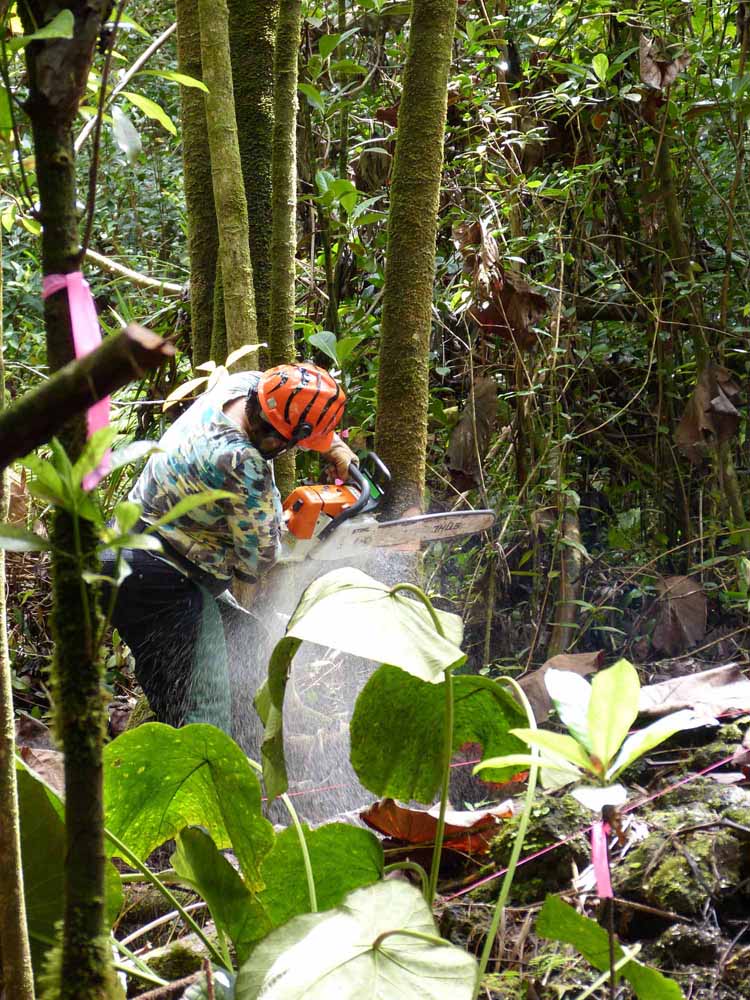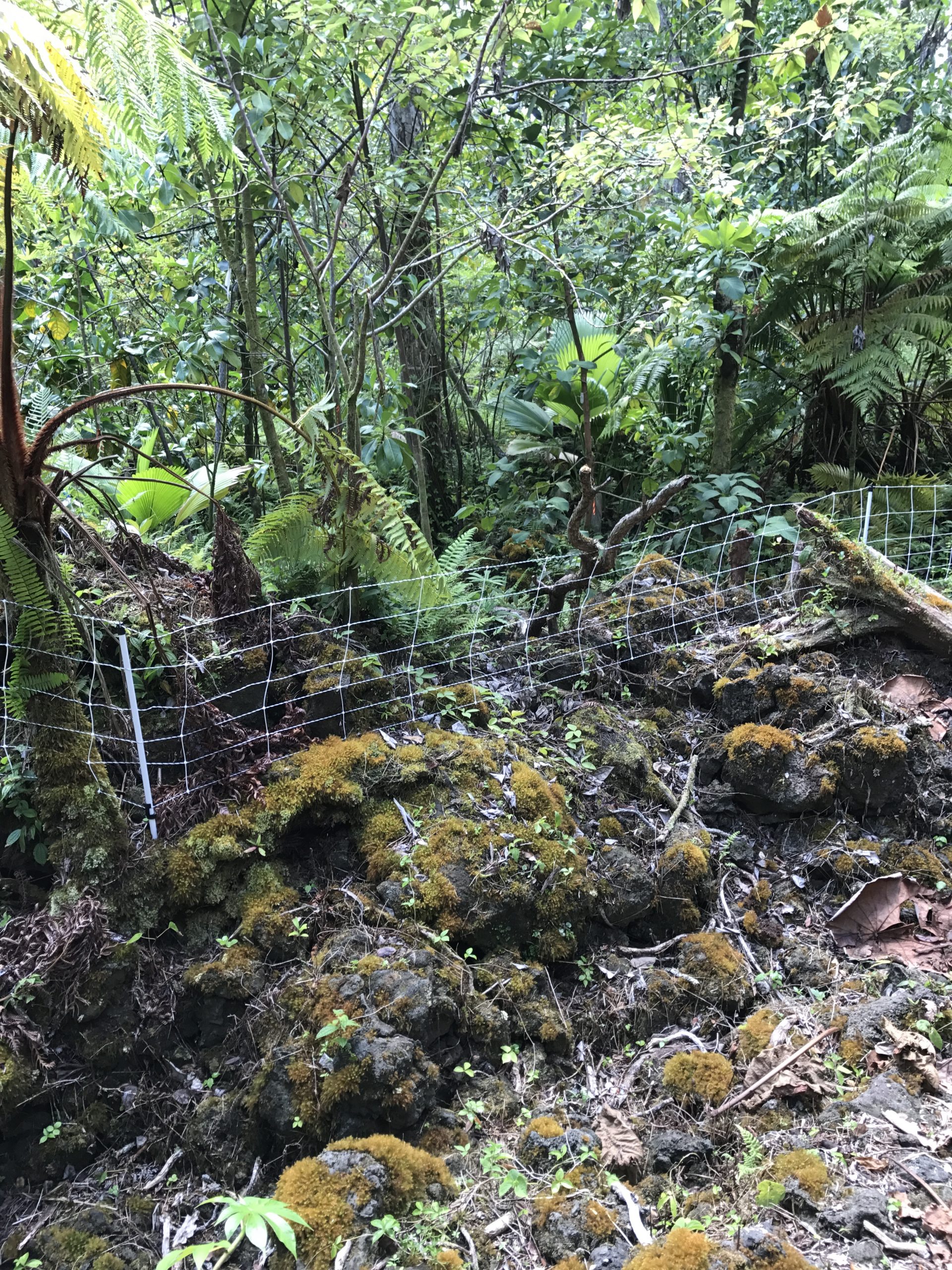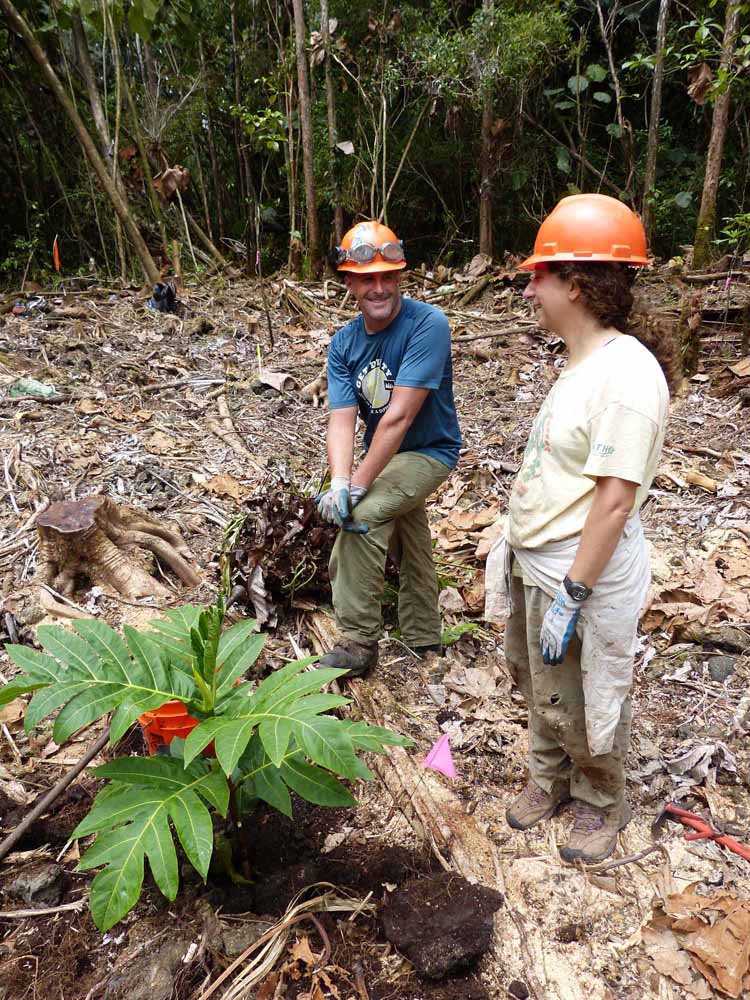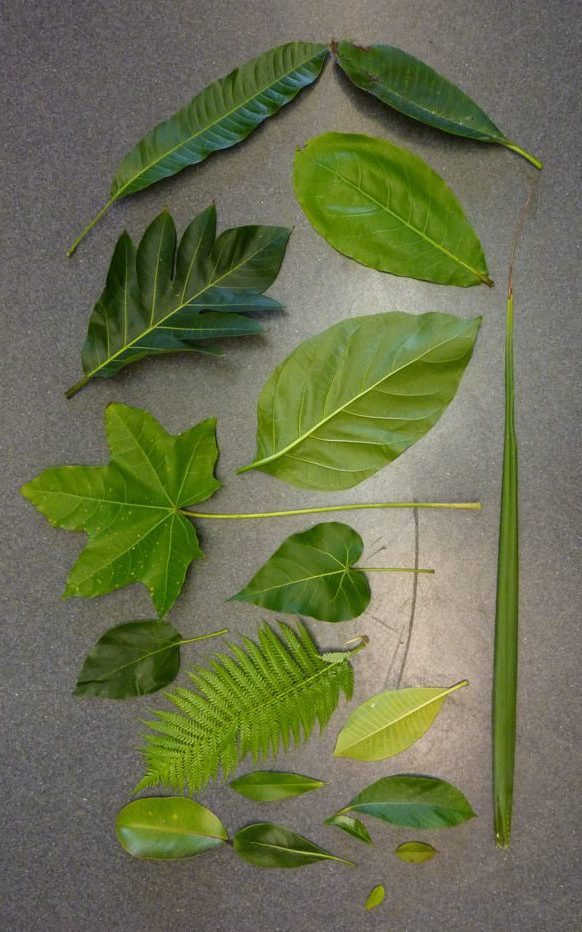Loosely translated, “liko nā pilina” means “Budding (or growing) new partnerships (or relationships)” in the Hawaiian language. This project name reflects our goal to restore degraded Hawaiian lowland wet forest by creating hybrid communities using both native and non-invasive, non-native species (which we call introduced species). Located in Hilo, Hawaiʻi, in the ahupuaʻa of Waiakea, we are creating new forests using some plants which evolved in Hawaiʻi and others that humans have introduced from around the world. Explore our website to learn more about the people and plants that make this project possible!
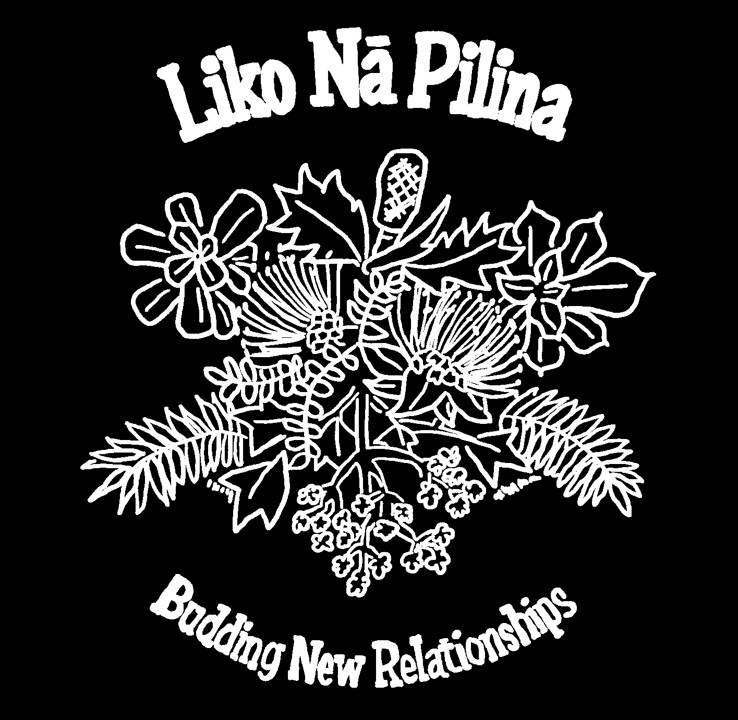
Contact us at napilina@hawaii.edu



